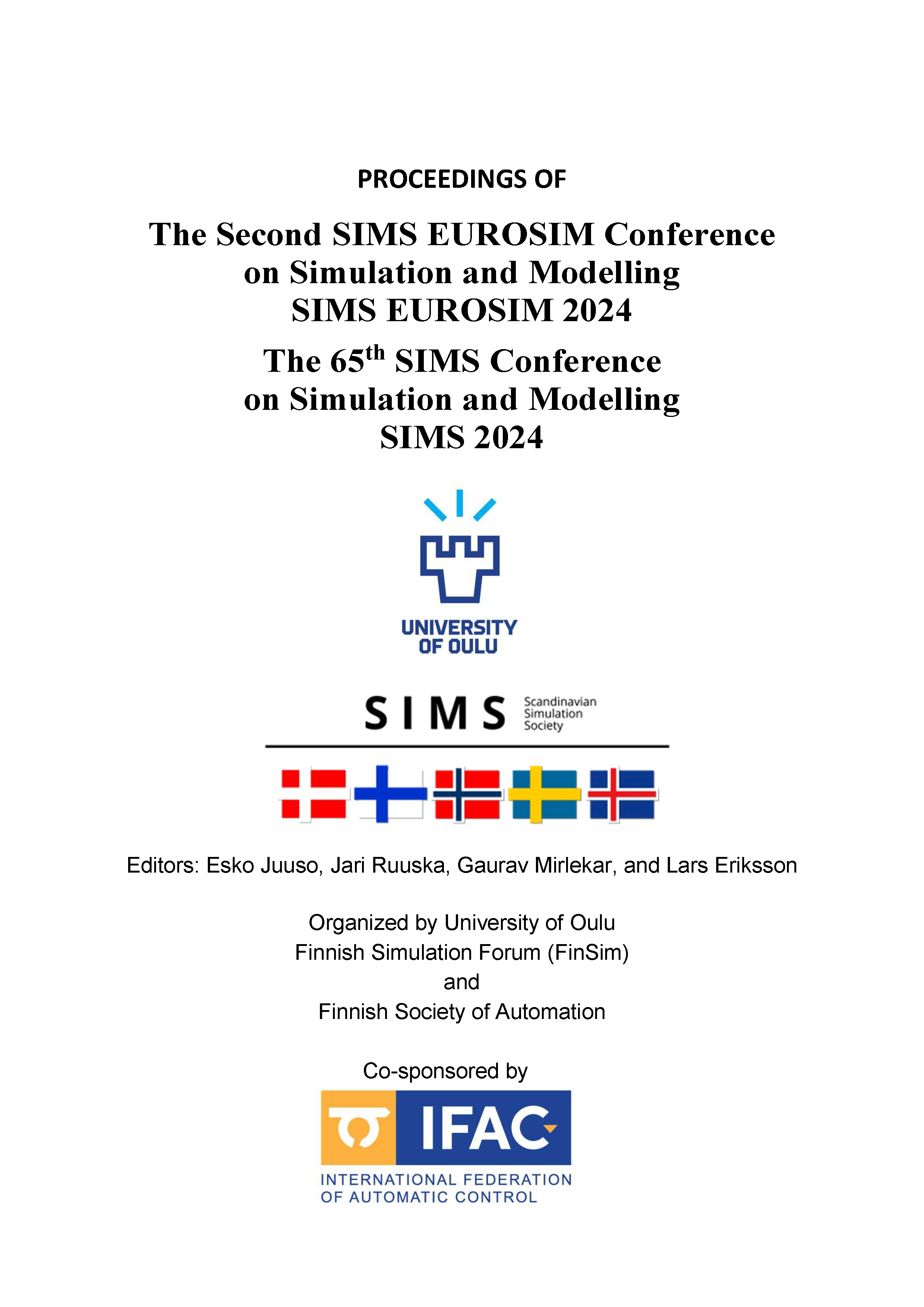Nonlinearity analysis of variables for modelling and control
DOI:
https://doi.org/10.3384/ecp212.065Keywords:
intelligent models, nonlinear scaling, statistical analysis, nonlinear systemsAbstract
Nonlinearities become essential in various systems when the operating area widens. The linear models are special cases for narrow areas. The behaviour is often asymmetric and can become gradually steeper or flatter depending on the case. These nonlinear effects can be analysed from data distributions for chosen operating areas. Further extensions require recursive analysis. The widely used Gaussian distribution is seldom valid for a wide area. The variable specific scaling can be presented with two second order polynomial defined by five parameters interpreted as the operating point and four corner points of the feasible range. These parameters define the shape factors which may require adjusting to fill the only requirement that the functions need to be monotonously increasing. Alternative constraints provide good solutions for combining expert knowledge with the data-based analysis. If the nonlinear behaviour is analysed correctly, only linear interactions are needed in the models. As the analysis is based on the same methodology, different applications can be combined by using appropriate process data. The smooth operation and high quality of products is the main goal of all these applications, and this can be achieved by combining these indicators with process control in the same way as it has been one for smaller indicators used in lime kiln control and water treatment. Different parts of the methodology have been tested in versatile applications. The main benefit is that the same structures can be used in various applications since the scaling functions take care of linking to the real world.Downloads
Published
2025-01-13
Issue
Section
Papers
License
Copyright (c) 2025 Esko Juuso

This work is licensed under a Creative Commons Attribution 4.0 International License.

